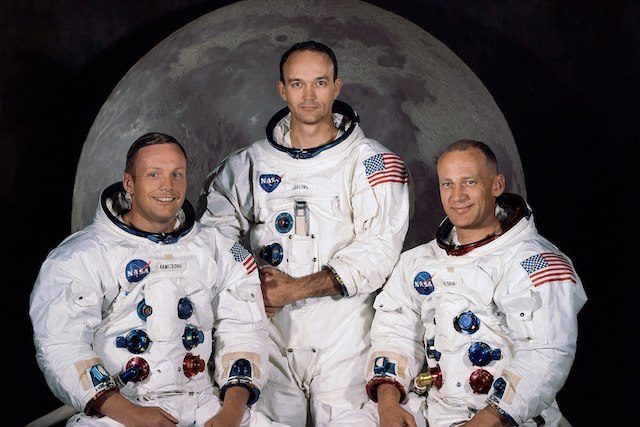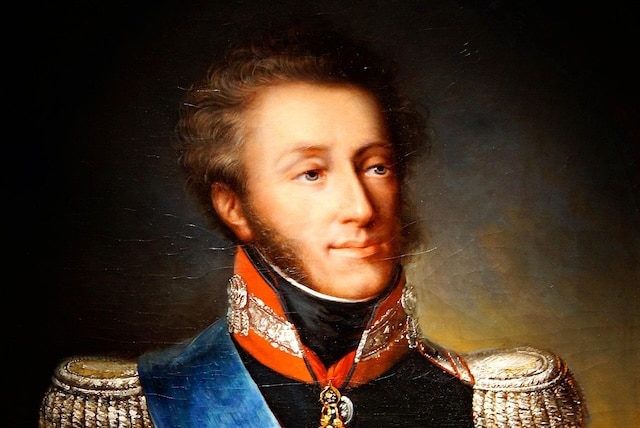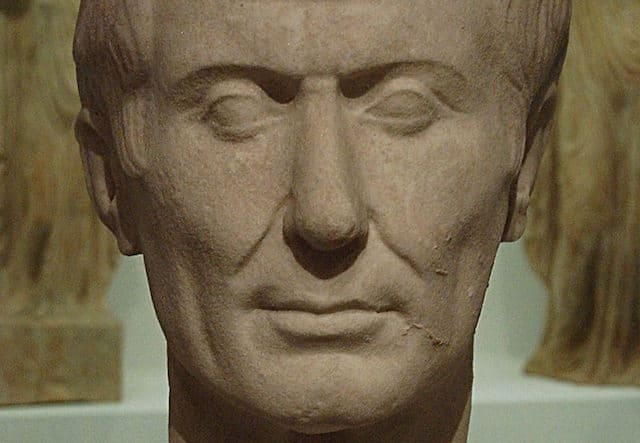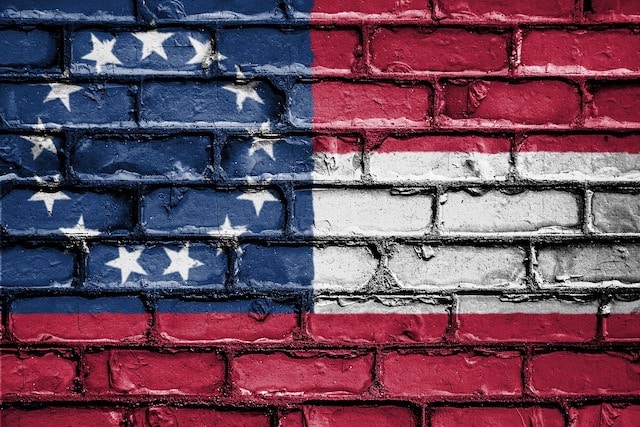In the present, we often have a skewed view of the past. We look at events from our modern perspective and apply our modern opinions to them. It’s hard to put yourself in the mindset of a time and a place that you were never a part of. If we do try to consider the moment in context, we often only consider how it affects the cultural or political impact. What we don’t usually appreciate is how we misunderstand the fundamentals, like how long it took something to happen or how long it lasted. Many things we consider iconic or important happened much faster than you might think.
10. It Took Just Over a Year to Build the Empire State Building

In the modern world, we are used to construction projects taking a long time. The Burj Khalifa is the tallest building in the world and it took six years to build. The Willis Tower, once called the Sears Tower, took three years to build. The CN Tower in Canada took just over three years. But the Empire State Building? One of the most iconic buildings in American history? That one just took over a year. In fact, it was just one year and 45 days.
The time it took to build the Empire State Building works out to just over seven million man-hours. Based on the standard 8-hour working day, that works out to 875,000 man-days or roughly 2,397 years. Since it was actually done in one year and 45 days, we know a couple thousand people had to be working on it. Or they were pulling long days.
In reality, when construction began, 3,000 workers were involved. They managed a pace of 4.5 floors per week for the duration. Compare that to the Burj Khalifa which had a team of 12,000 building it resulting in a building just twice as tall. Guess they just don’t make ‘em like they used to.
9. A Day Only Lasted 10 Hours Or Less Billions of Years Ago

Thanks to a fairly accepted standard of time around the world, almost everyone agrees that a day has pretty much 24 hours in it. We won’t worry about the minutiae of lost minutes and seconds that we need to round up or down. That’s how modern time works, however. Back in the past, a day might have only been 10 to 12 hours long.
The concept of a day is a human construct to account for the rotation of the earth. Most people have this concept challenged for the first time when they watch science fiction and the writers choose to take into account the size difference of planets or how fast they might spin. Even in our solar system, none of the other planets have a day that lasts 24 hours. Sure, a day on Mars is only 25 hours, so that’s pretty close. On the other hand, a day on Venus is 5,832 hours.
If you took a time machine back to Earth 4.5 billion years in the past, and hopefully you were able to survive being exposed to the world the way it was back then, you find yourself enjoying 10-hour days. The Earth spun a lot faster back then. When the moon first came into orbit days were only about four hours long.
You can thank the moon for dragging us down and slowing the planet over time. The gravitational pull of the moon and the effect on the tides have been making days longer on our planet ever since. It happens a fraction of a second per year, however. In another few billion years, if the planet is still around, a day might be 40 hours long.
8. Apollo 11 Only Took 8 Days

You can make a good case that one of the greatest achievements in mankind’s history was setting foot on the moon. We left the confines of the planet on which we came to be and traveled to another celestial body. That’s got to be more impressive than the creation of the Segway.
Even though it happened back in 1969, we’ve never been able to top that achievement. One day we’ll reach Mars, but it hasn’t happened yet. So for now, the Moon is the furthest anyone has ever traveled.
Though it was the furthest away we ever got, it certainly wasn’t the longest trip anyone’s ever been on. The Apollo 11 mission that took Neil Armstrong, Buzz Aldrin, and the rest of the crew to the moon and back to Earth took eight days. There’s even a documentary called “8 Days: To The Moon and Back” because it’s kind of a staggering figure. That was the whole round trip. People go on Caribbean cruises longer than that.
Part of the reason the shortness of the trip is so surprising is we often forget how close the moon is. When we compare it to Mars, which is the next place astronauts will visit, that round trip is going to take 21 months. The Moon is a trip to the corner store in comparison.
7. The Blair Witch Project Took 8 Days to Film
Twenty-five years after its release, the actors of The Blair Witch Project made headlines in 2024 when it came to light that they had made almost no money off the film despite its overwhelming success. The film has the greatest return on investment in Hollywood history at about 124,000%. The worldwide box office is just shy of $250 million and that’s not including any of the merchandising including games in the years that followed. The budget was about $60,000.
As successful as the movie was, and it managed to kick off the found footage genre in a way no other film had done before, it was only an eight-day event. The three actors in the movie essentially contributed to the creation of one of the most popular horror subgenres, made the filmmakers in the studio hundreds of millions, and were paid $500 plus a fruit basket.
6. Louis XIX Reigned for 20 Minutes

Not every ruler gets to have a dramatic tenure. Some of them are just flashes in the pan. King Louis XIX’s reign was shorter than an episode of a sitcom without commercials. His father, Charles X, had just abdicated the throne during the French Revolution. It’s said that Louis took over as Louis XIX and spent just 20 minutes considering his position during the revolution before deciding that he, too, might be better off not on the throne lest the people get a hold of him.
There is some debate about whether or not this timeline is official, or whether his father’s abdication led to Henri V taking the throne with no actual consideration given to Louis in an official capacity.
5. Julius Caesar Reigned For Less Than a Year

We’re going to play a little fast and loose with this one and talk about just how long Julius Caesar reigned as emperor. It was less than one year. For what it’s worth, Caesar had power for a much longer time and was a very influential figure. He managed to appoint himself Emperor after all, so he had to have the clout to do that in the first place. However, his official reign as Emperor was shorter than most people might think.
Most of Caesar’s legacy stems from his time before declaring himself emperor. He was a military leader, and he had conquered Gaul. When he was called back to Rome, he came back with a vengeance and famously declared war as he crossed the Rubicon River, which today is used to refer to reaching a point of no return. Caesar and his armies crossed, he destroyed his rival Pompey and took Rome. And then, in under a year, his rivals conspired to murder him and made good on their plan.
4. James Dean’s Career Only Spanned 3 Movies

James Dean went down in American cinematic history as one of the most well-known and tragic actors ever. He’s sort of the epitome of the idea of “live fast, die young, leave a good-looking corpse.” There’s a lot of Hollywood mystique wrapped up in the story of Dean, made all the more impressive when you consider that he was only in three movies before his death.
Dean was only 24 when he died. Consider the top actors of the modern era, even those considered of the younger generation, and the bulk of them are well over 24. Actors like Tom Holland, Barry Keoghan, Timothée Chalamet, and others who could be considered comparable to Dean for star power and similarity of roles (this is a vague comparison, no need to flame us in the comments) are all in their late twenties and even early thirties. Dean managed to have a huge impact a lot faster than most actors of an even greater age.
3. Antarctica Has Only Been Officially Known For 200 Years

Everyone in America knows that Columbus discovered America in 1492. They also know there were people already living here, so it’s hard to say somebody discovered it but that’s the part of history that gets glossed over a lot.
Australia was discovered in 1606, again ignoring the people who lived there for thousands of years before the so-called discovery. Marco Polo “discovered” Madagascar in 1500. Hawaii was discovered in 1778. All of these places had people there already, mind you, and they were “really” discovered thousands of years earlier if you could consider them having been discovered at all. But Antarctica? That’s another matter.
Since no one lives there, Antarctica actually did get discovered once. It officially happened in 1820. There’s a possibility the Maori visited Antarctic waters centuries earlier but, as we just saw, the history of who discovers a land is often written by whoever conquers the area and writes books about it.
Overlooking the achievements of others aside, this means we officially acknowledge Antarctica as being only about 200 years old. Pretty impressive for a chunk of land larger than Europe or the United States.
2. Sliced Bread Isn’t Even 100 Years Old

Most people have probably heard the expression “the best thing since sliced bread.” It’s a beautiful goofy way to refer to something that you think is pretty impressive by relating it to sliced bread which, for whatever reason, we all take to be a clearly intelligent innovation.
Ironically, sliced bread hasn’t been around that long. Bread has existed for at least 10,000 years and some evidence suggests 14,000 years. Of course, anyone could have been slicing their own bread for all of those thousands of years. but sliced bread that you could buy at a store? That dates back to 1928.
Otto Rohwedder rolled out the first loaves of sliced bread at the Chillicothe Baking Company in Chillicothe, Missouri in July 1928. Rohwedder was a jeweler who had gone to optometry school, not a baker, but he really fixated on the idea of having bread sliced before you bought it.
He spent years working on a machine to slice bread and suffered several setbacks before he perfected it. Naturally, as soon as it was done, everyone in the baking industry thought it was stupid. But customers loved it and sales skyrocketed. The rest is history.
1. The Confederacy Lasted Barely 4 Years

One of the most profound and influential events in the history of the United States was the Confederacy, and all that came with it. This includes the Civil War, slavery, Gettysburg, and all of that. It’s probably one of the most well-known parts of US history even beyond the borders of the country.
For all the influence it seems to have, and even into the present day when people debate the merits of flying a Confederate flag and what it means for their history, it’s staggering to think of just how short a period this was. The Confederacy lasted four years.
It was February 4, 1861, when the Confederate States organized intending to become their own nation. The last army surrendered in May 1865. Despite that, the effects still seem to exist to this day.